Sharing the exacts steps for incorporating biophilic interior design into your home. Learn how to create a healthy environment, a calming space, and a connection to nature through biophilic design elements!
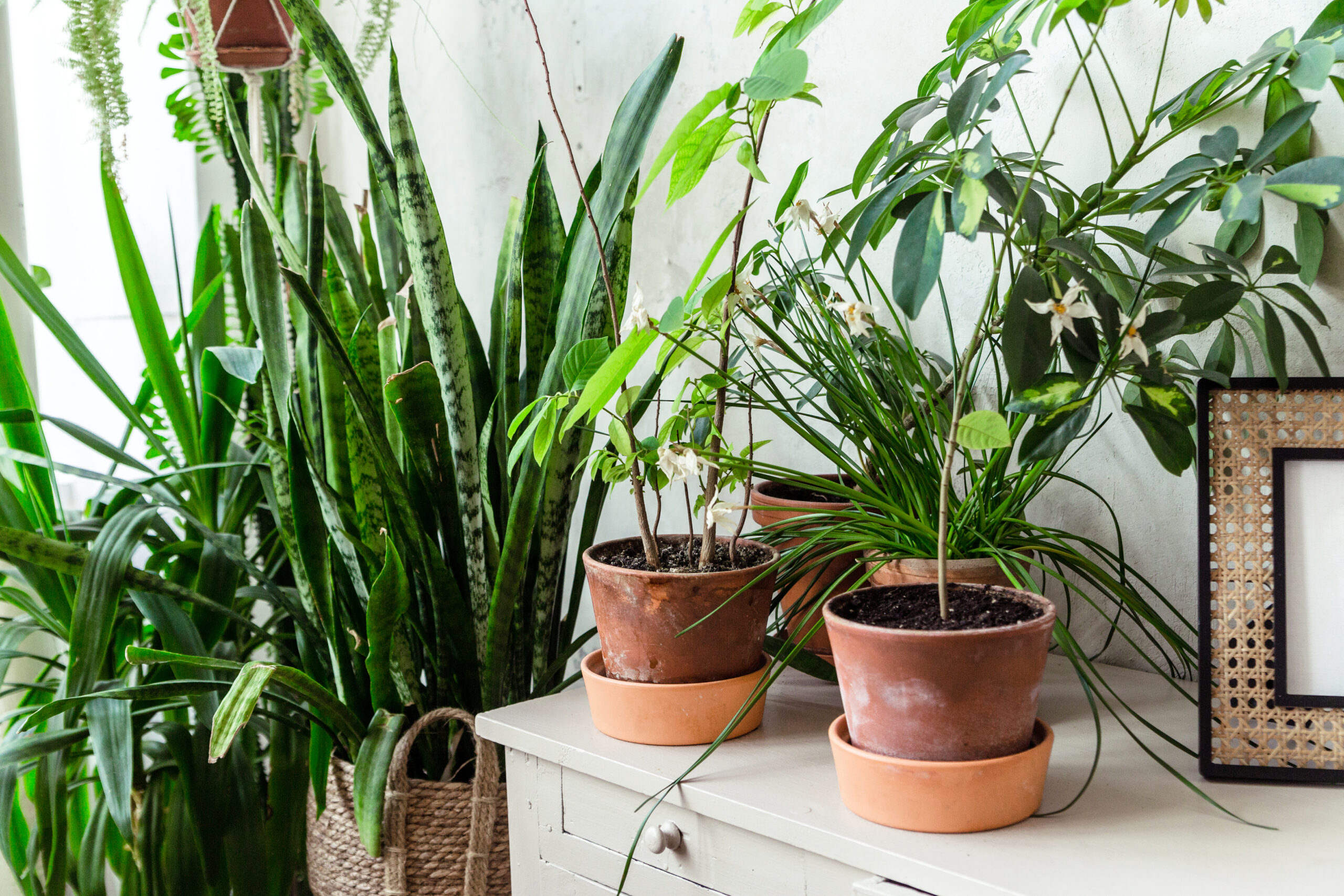
This post may contain affiliate links, which means I’ll receive a commission if you purchase through my links, at no extra cost to you. Please read full disclosure for more information.
We spend up to 90% of our lives indoors. CRAZY! Lucky for us, Biophilic Design is becoming quite popular in the interior design world. It has many more benefits beyond that of a simple decor style or aesthetic.
As someone who loves the outdoors and sunshine, this design truly intrigued me! I’m happy to share that after much research I can excitedly say that biophilic interior design is not only a stunning and unique style, but it has many health benefits as well.
In today’s fast-paced world, our connection to nature often takes a backseat to the demands of modern life. However, the biophilic interior design movement seeks to change that by bringing the natural world into our living spaces.
From incorporating greenery to utilizing natural materials, biophilic design offers a plethora of benefits for both our physical and mental well-being.
In this blog post, we’ll explore the principles of biophilic design and how you can create a harmonious indoor environment that nurtures your connection to nature.
This post is all about biophilic interior design.
1. What is Biophilic Design
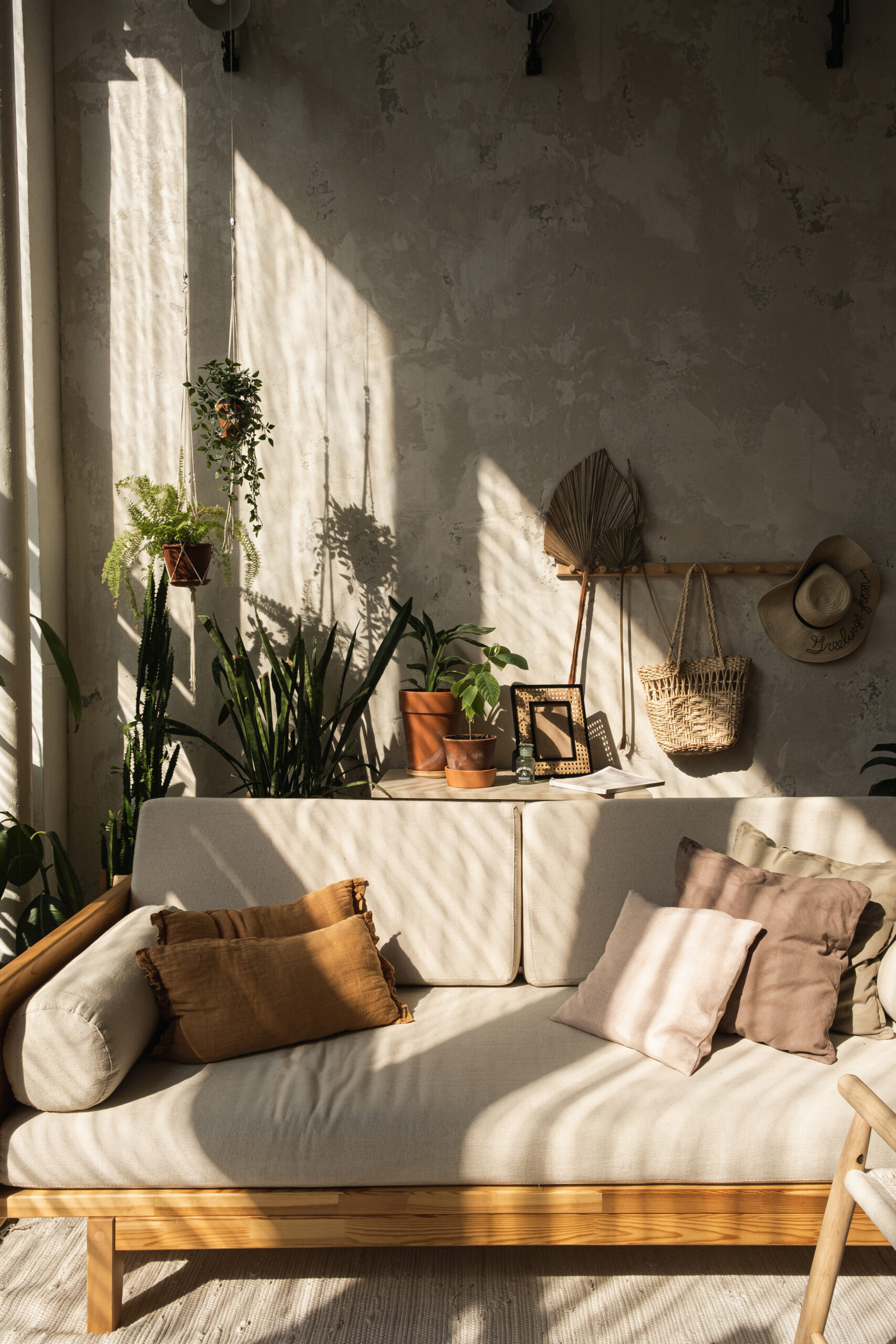
Biophilic design is a way of arranging spaces so that they include elements of nature. This can mean bringing in things like plants, natural materials like wood or stone, or even natural light.
The goal is to create environments that make us feel good because they remind us of being outside in nature. Biophilic design is based on the idea that humans have an innate connection to nature, and when we’re surrounded by natural elements, we tend to feel happier, less stressed, and more relaxed.
So, whether it’s adding some houseplants to your living room or using earthy colors and textures in your decor, biophilic design is all about bringing a little piece of the outdoors into our indoor spaces to improve our well-being.
2. Benefits Of Biophilic Interior Design
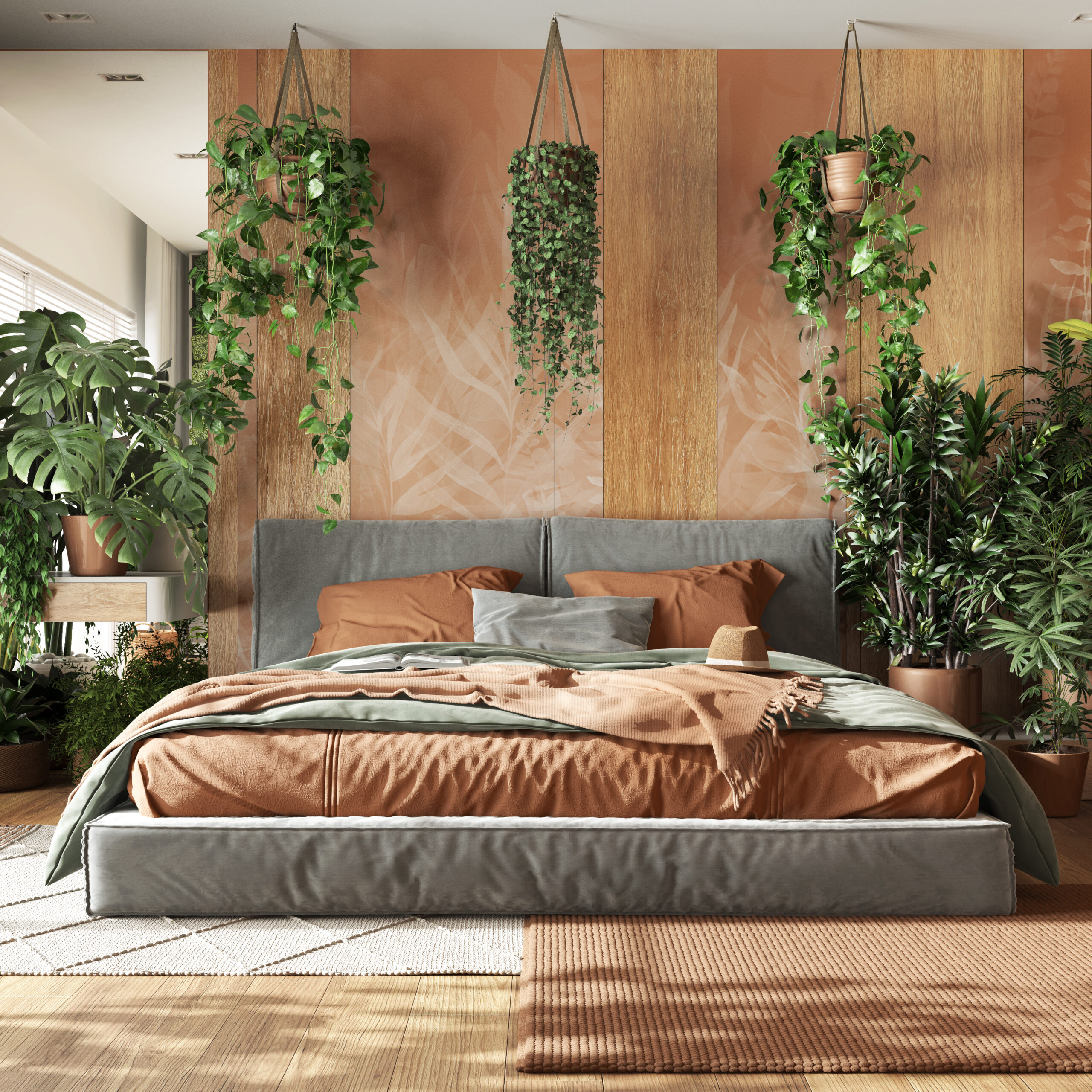
From reducing stress and anxiety to improving cognitive function and creativity, bringing nature indoors has a profound impact on our overall quality of life. Nature has a calming effect on us. Biophilic design helps to create environments that are relaxing and peaceful, which can lower stress levels.
Being in natural environments can enhance our ability to concentrate and be creative. Biophilic interior design can help to stimulate our minds and make us more productive.
This design helps promote overall better health. Plants help to clean the air and improve indoor air quality. Biophilic design also encourages us to spend more time outdoors, which can have physical health benefits like increased vitamin D levels from sunlight exposure.
Biophilic design helps to create spaces that are not only beautiful but also support our well-being and health by bringing the benefits of nature into our daily lives.
3. Incorporating Natural Elements

Biophilic design is all about incorporating natural elements into your space. There are several ways to bring natural elements into your home. Some of my favorite ways to bring natural elements into the home are through indoor plants or use materials like wood, stone, terracotta, bamboo, or rattan.
The easiest way to do this is by introducing indoor plants into your space. Plants like ferns, succulents, snake plants, or english ivy are all great options. These plants purify the air and create a sense of tranquility. They improve air quality, bring beauty into your home, all while improving emotional well being. Pops of greenery are perfect for brightening up your space if you’re limited on natural light.
One of my favorite ways to incorporate natural materials into a home is through textures like bamboo, natural wicker, and rattan. I love using furniture that is made of these natural materials. This can be as simple as incorporating some baskets throughout your home or using rattan barstools or a rattan coffee table.
These natural elements are the perfect decor pieces to add warmth and texture to your space.
Shop Natural Element Decor:
4. Maximize Natural Light
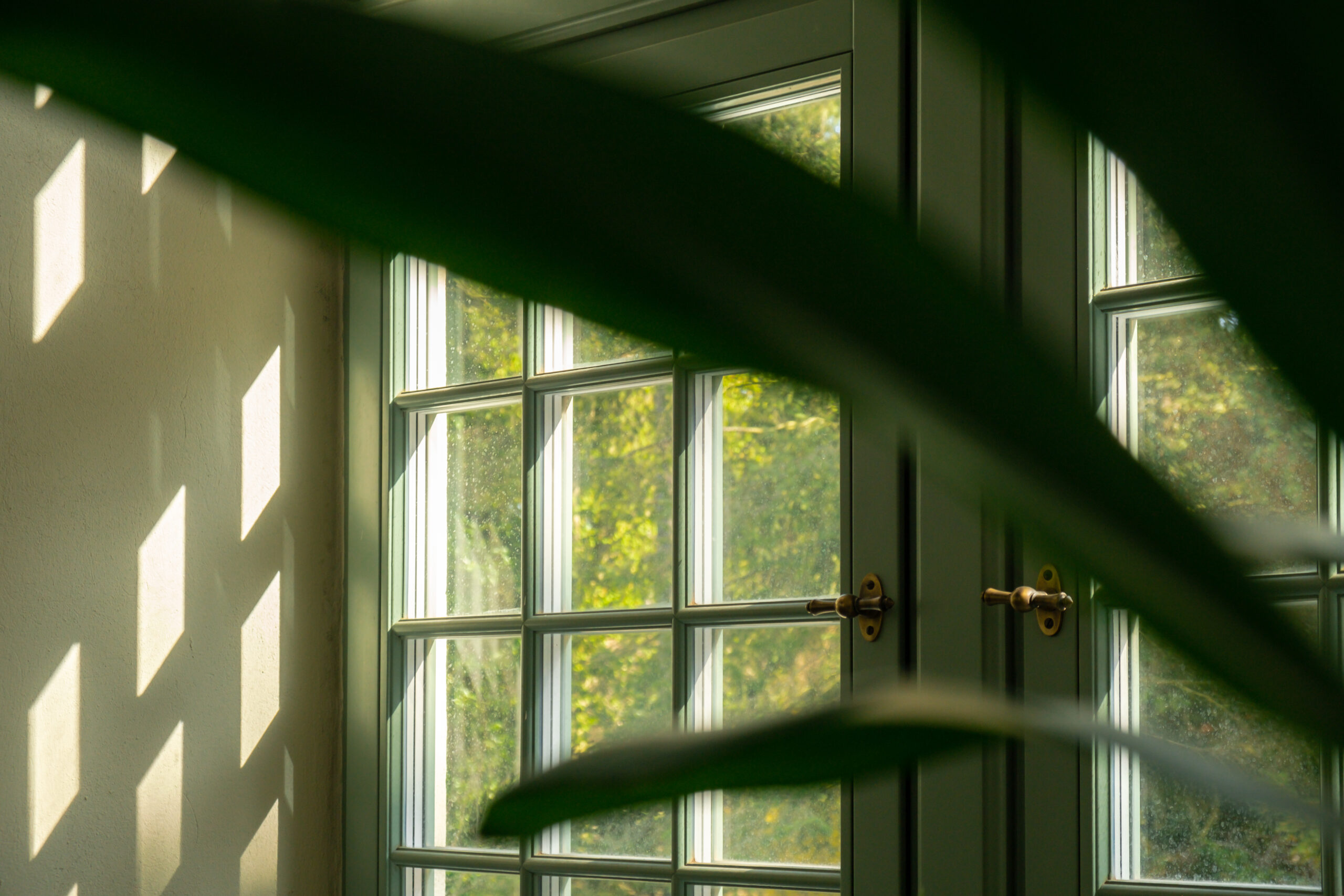
There is nothing better than a room that is filled with natural light…TRY TO CHANGE MY MIND! A major design element when it comes to biophilic interior design is maximizing natural light throughout your home.
Natural light is a key element of biophilic design that involves using sunlight to brighten and enhance indoor spaces. Maximize natural light in your home by strategically placing windows, skylights, and glass doors to let sunlight flood into your living spaces.
Natural light helps to create a connection to the outdoors, making indoor spaces feel more open and inviting. It also has many benefits for our health and well-being, such as boosting our mood, regulating our sleep-wake cycle, and reducing eyestrain.
By incorporating natural light into biophilic design, we can create environments that are not only visually appealing but also promote our overall comfort, happiness, and wellbeing. Natural light boosts our mood, regulates our sleep-wake cycle, and reduces eyestrain.
5. Embracing Biophilic Colors and Patterns
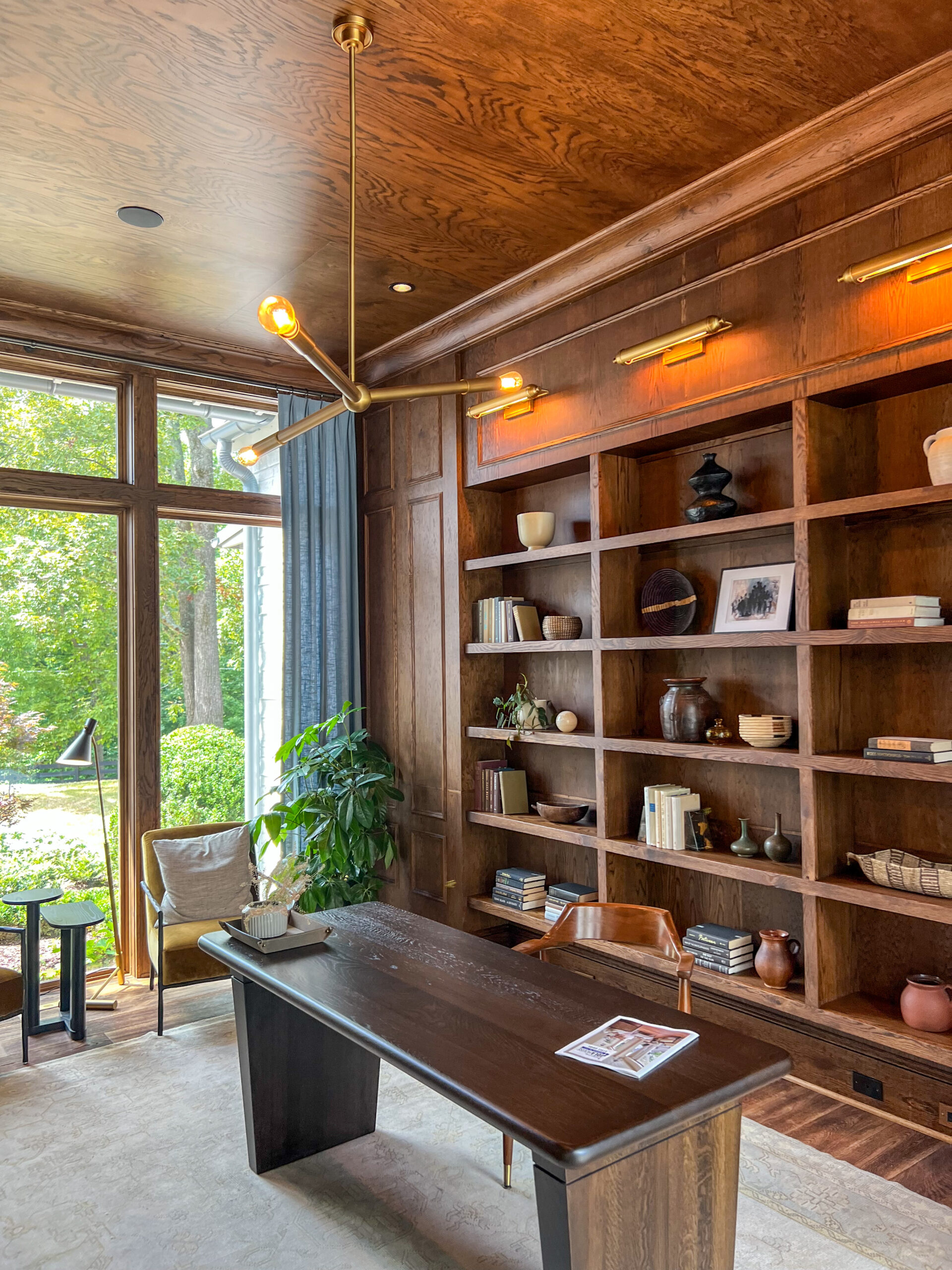
Another biophilic design element to incorporate into your home are earthy tones and color palettes. Choose colors and patterns inspired by nature to create a soothing and harmonious atmosphere.
Incorporate colors inspired by nature, such as shades of green, brown, blue, and earthy neutrals like beige and taupe. These colors mimic the hues found in forests, mountains, and oceans, creating a calming and grounded atmosphere.
Incorporating organic patterns into your home will also achieve this particular biophilic look. Choose patterns that reflect natural elements, such as leafy prints, floral motifs, or botanical designs. These patterns can be used on wallpapers, upholstery, bedding, or accent pillows to add texture and visual interest to your space.
Adding biophilic artwork is another great option. These can look like landscape paintings, botanical illustrations, or photographs of outdoor scenery which can serve as focal points in your home.
Lastly, try to incorporate water inspired accents. Add elements inspired by water, such as glass vases filled with river rocks, decorative bowls with seashells, or artwork depicting waves and waterfalls.
Shop Biophilic Colors and Patterns:
6. Connecting Indoor and Outdoor Spaces
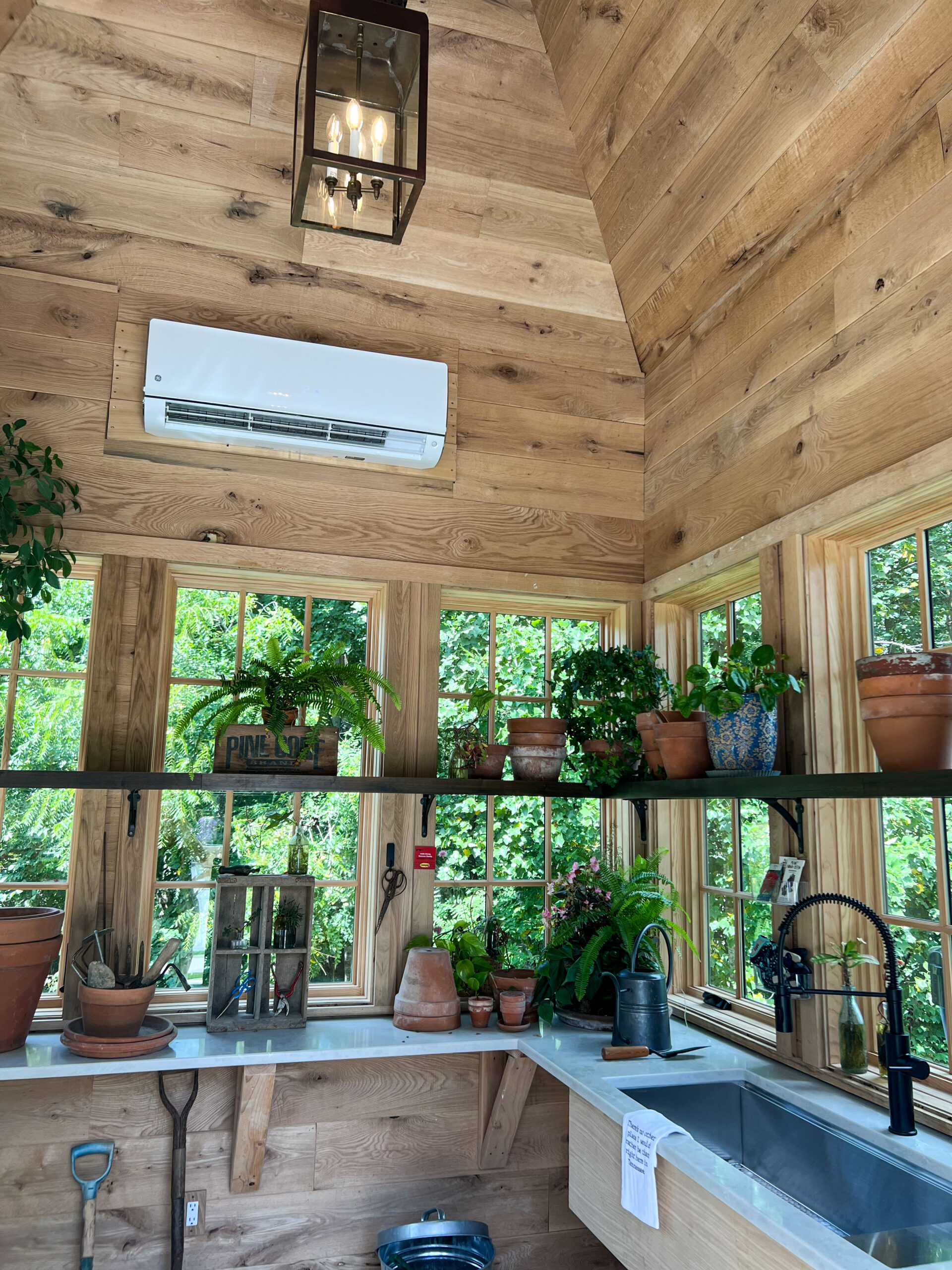
Finally, in biophilic design it’s important to connect your indoor and outdoor spaces. This involves blurring the boundaries between the two environments to create a seamless transition and foster a deeper connection with nature.
Some practical ways you can do this include iInstalling large windows or sliding glass doors that open onto a patio or balcony to create a sense of continuity between the interior and exterior environments.
Create outdoor living areas, such as patios, decks, or rooftop gardens, that serve as extensions of your indoor living space. Furnish these areas with comfortable seating, dining tables, and amenities like outdoor kitchens or fire pits to encourage outdoor relaxation and entertainment.
Or you may want to design a biophilic garden or greenhouse. Incorporate native plants, water features, and natural elements like rocks and boulders to create a lush and inviting outdoor oasis.
And lastly, create some outdoor views! Position indoor living areas to maximize views of the surrounding landscape. Frame these views with large windows or floor-to-ceiling glass walls to bring the beauty of the outdoors inside.
Biophilic Interior Design
By incorporating natural elements, maximizing natural light, and embracing biophilic colors and patterns, you can transform your home into a sanctuary that promotes health, happiness, and harmony with nature. So, embrace the beauty of biophilic design and let the outdoors inspire your indoor oasis.
This post was all about ways to incorporate biophilic interior design into your home.
Subscribe to the email list, save this cute pin for later, and drop a comment and let us know what you think of this design style!
OTHER POSTS YOU MAY LIKE!
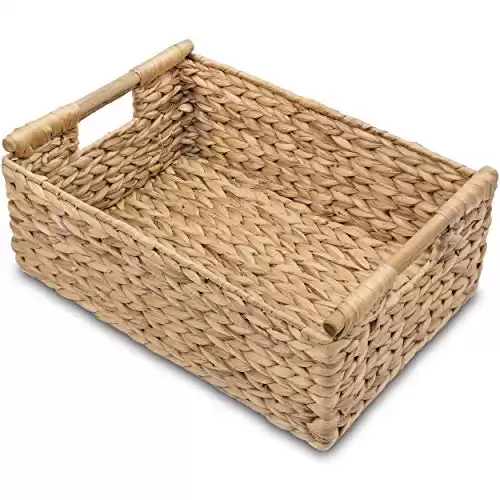
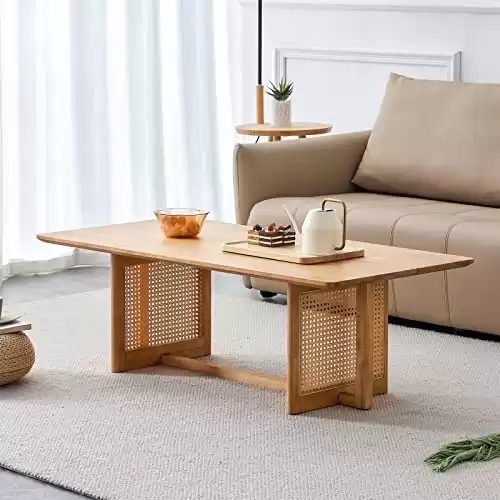
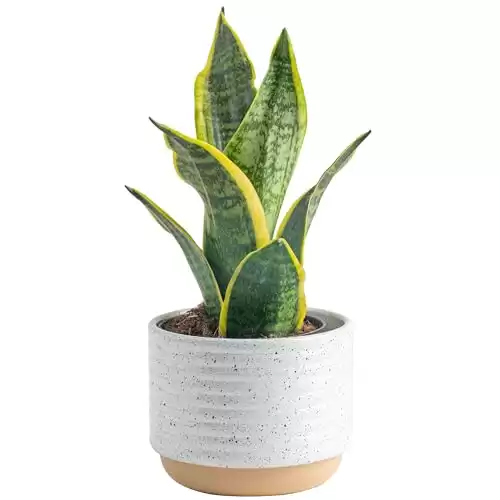
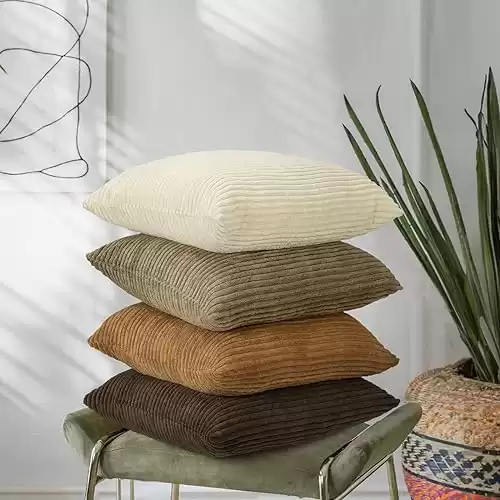
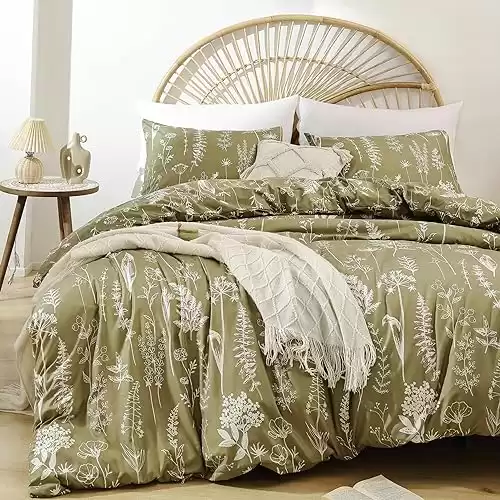

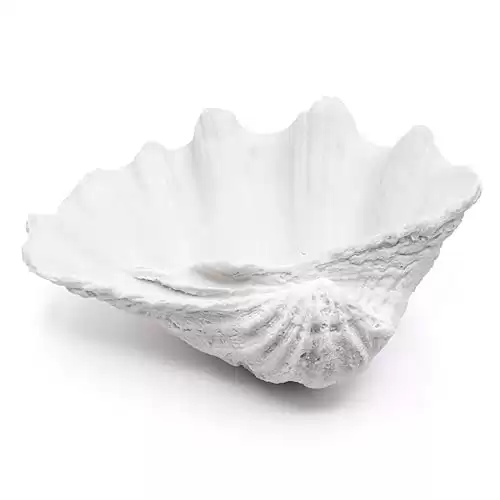








Leave a Reply